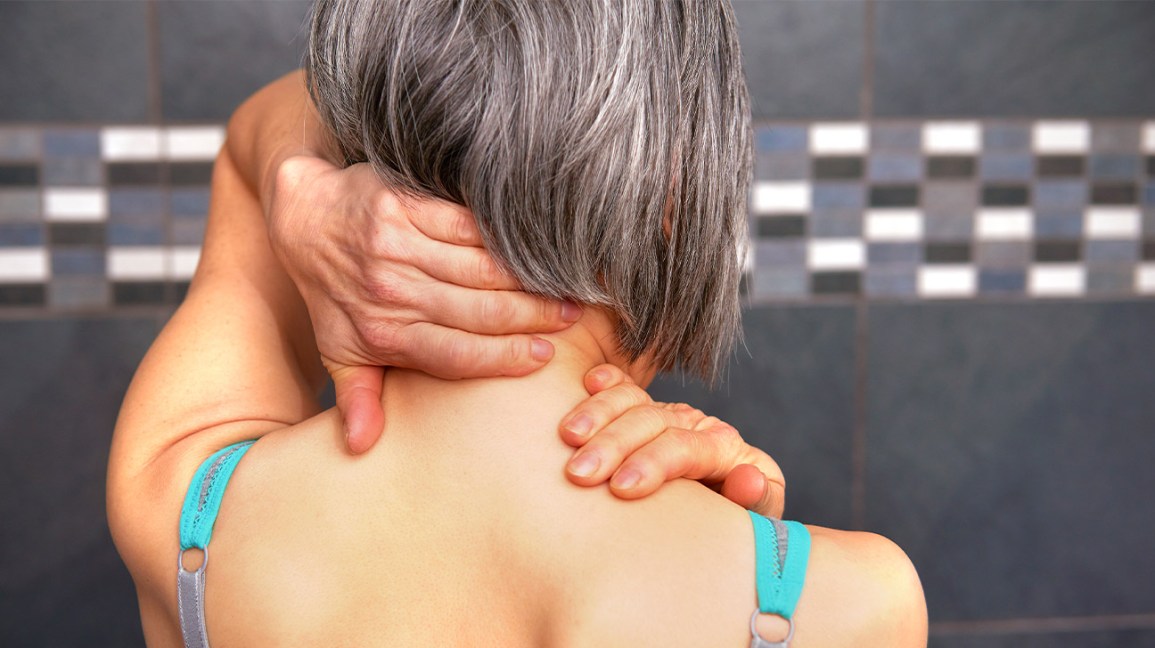Stress Relief Relaxation Techniques
For all of us, relaxation means flopping on the sofa at the end of a day of work and being zoned out in front of the TV. Although this reduces the adverse consequences of stress less. You just have to trigger the normal calming reaction of your body – a state of deep repose that prevents pain, regulates your breathing and heart rate, decreases blood pressure and restores the equilibrium of your body and mind. You can do so with calming methods like deep breathing, meditation, yoga.
For example, most relaxation techniques can be performed on your own or by means of a free audio download or an inexpensive smartphone app while paying for a professional massage or acupuncture session. However, it is necessary to note that no one method of calming works for everyone. We are all different. The best approach is one that suits your lifestyle and will focus your mind on the solution to relaxation. This suggests that it can entail some experimenting and errors to determine the right strategy (or techniques) for you. When you do, daily exercise will increase your sleep, enhance your stamina, mood and wellbeing and your general well-being and everyday stress.
Progressive Relaxing Muscle
Progressive muscle relaxation is a two-step cycle where various muscle groups in the body are stressed and relaxed gradually. Regular practice gives you a close understanding of what tension and total relaxation you feel in various parts of your body. You may respond to the first signs of stress-accompanying muscle tension. And so does your mind as your body relaxes. For enhanced pain relief, gradual muscle relaxing and deep breathing should be mixed.

Deep Breathing
Deep breathing is a simple yet powerful technique of relaxation focused on full, purging breaths. It's easy to learn, is practicable almost everywhere, and provides a fast way to control your stress levels. Deep breathing is also the key to many others and can be paired with other calming components such as aromatherapy and music. While applications and audio downloads will help you through this process, what you need is for you to sit still or stretch out for a few minutes.

Meditation for Body Scan
This is a kind of meditation that concentrates your concentration on different parts of your body. You start with your feet and work your way up like progressive relaxation of the muscle. However, instead of tensioning and relaxing your muscles, you just concentrate on the way every part of your body feels.

Meditation on Mindfulness
In recent years, mindfulness has become extremely popular, with headlines and support from celebrities, business leaders, and psychologists alike. What is awareness, then? Instead of worrying about the future or living in the past, your attention turns into what is happening right now, allowing you to engage fully in the present time.
Meditations that promote awareness have been used for a long time to decrease stress, anxiety, depression, and others. Any of these techniques put you into the moment, concentrating your concentration on a single repetitive movement like your breathing or a few repetitive sentences.
Many types of meditation allow you to pursue and relieve inner thoughts or emotions. Pay heed to things such as driving, exercising, or eating.
It may seem easy to remain conscious to focus on the present, but practice takes all of the advantages. You will probably find that your focus is on your worries or regrets when you first begin training. However, don't get upset. Each time you focus on the present, you consolidate a new mind that can help you free yourself from past distress and future stress.
Visualization
Visualization is a twist of conventional therapy, involving the visualization of a situation in which you are completely at ease, free to let go of all stress and anxiety. Choose the setting around you to be the kindest, be it a sunny beach, a special spot around children or a quiet wooded glen.
To direct you through the imagery you can perform the simulation on your own or use a program or an audio file. You can also silently visualize the sound of sea waves when you've selected a beach, or use listening aids, like soothing musicians, or a sound recording that fits your selected setting.
Self-Massage
You probably know how a professional massage can help lower stress, relieve pain, and ease the muscle tension in a spa or health club. What you may not be conscious of is that, through self-massage or massage with a loved one, you will enjoy some of the same effects at home or at work.
Seek to massage yourself between activities, on the sofa at the end of a long day, and in your bed for a few minutes to make you relax before you go to bed. You may use herbal soap, fragrant lotion, and mix the self-consciousness or deep breathing exercises to improve relaxation.

Yoga
A sequence of shifting and set positions paired with deep breathing requires yoga. Yoga can also improve versatility, strength, balance, and stamina as well as reduce anxiety and stress. As wounds can occur if yoga is incorrectly performed, it is best to learn from group lessons, by hiring a private tutor, or at least following video guidance. You can practice alone or with others once you have learned the essentials and adjust your practice to your own individual needs.
